What is the difference between a magnetic monopole and an electric monopole in terms of their fields?
Differences Between Magnetic Monopoles and Electric Monopoles in Terms of Fields
Magnetic monopoles and electric monopoles are two important concepts in electromagnetism, and they exhibit significant differences in their field properties and behaviors. Below is a detailed comparison of these two types of monopoles in terms of their fields:
1. Definitions and Physical Background
Electric Monopole: An electric monopole refers to an isolated point charge, either positive or negative. According to Coulomb's law, the electric field generated by an electric monopole decreases with the square of the distance (1/r2 ) and points radially outward from (or inward toward) the charge.
Magnetic Monopole: A magnetic monopole is a hypothetical isolated magnetic charge, similar to the concept of an electric monopole. However, magnetic monopoles have not been observed in nature. Current magnetic phenomena are all due to dipoles (a pair of north and south poles). If magnetic monopoles existed, they would produce a magnetic field similar to that of an electric monopole, but this remains a theoretical assumption.
2. Field Behavior
Electric Monopole
Electric Field Distribution: The electric field E produced by an electric monopole is spherically symmetric and follows Coulomb's law:
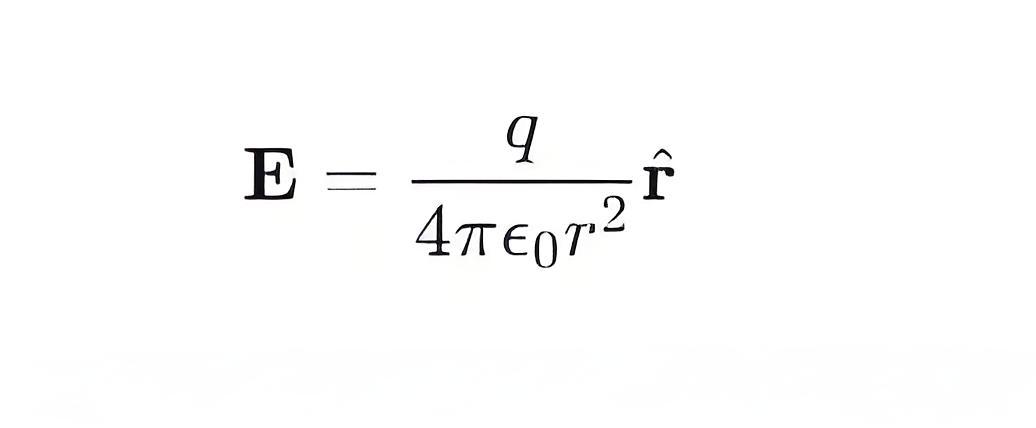
where q is the charge, ϵ0 is the vacuum permittivity, r is the distance from the charge to the observation point, andr^ is the radial unit vector.
Electric Potential Distribution: The electric potential V of an electric monopole decays linearly with distance:
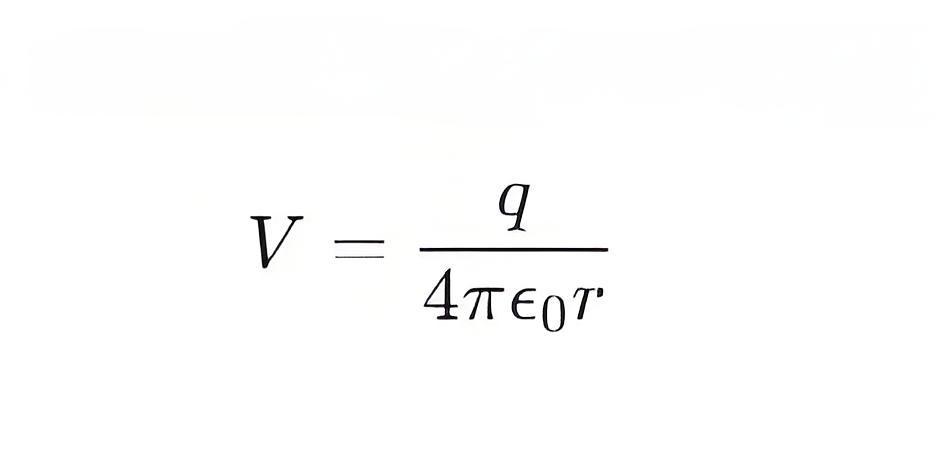
Magnetic Monopole (Hypothetical)
Magnetic Field Distribution: If magnetic monopoles existed, they would produce a similarly spherically symmetric magnetic field B, following a form analogous to Coulomb's law:
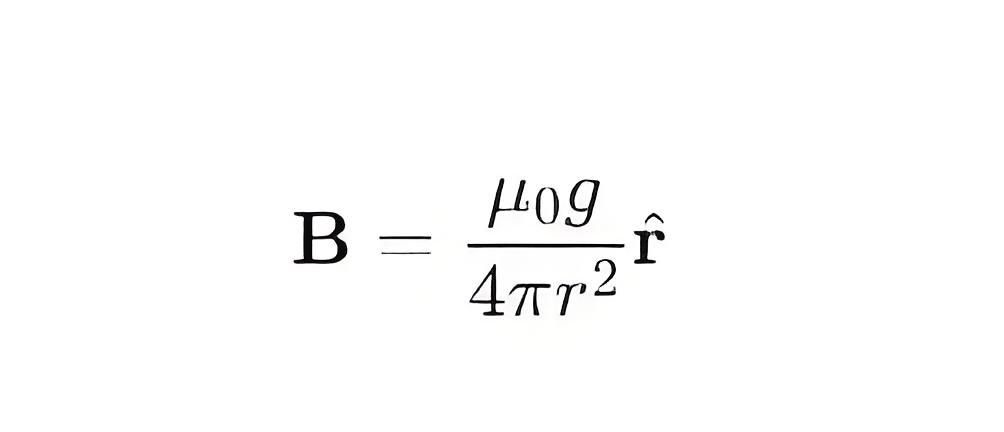
where μ0 is the vacuum permeability, r is the distance from the magnetic monopole to the observation point, and r^ is the radial unit vector.
Magnetic Scalar Potential Distribution: The magnetic scalar potential ϕm also decays linearly with distance:
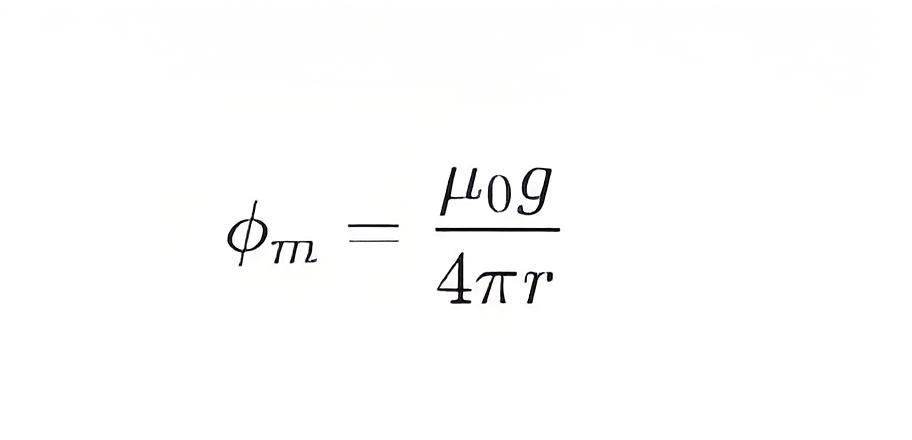
3. Geometric Characteristics of Field Lines
Electric Field Lines: The electric field lines of an electric monopole emanate from a positive charge (or converge on a negative charge) and extend to infinity. These field lines are divergent, indicating that the electric field radiates outward.
Magnetic Field Lines: The magnetic field lines of a magnetic monopole would also emanate from the monopole (or converge on it) and extend to infinity. These field lines are similarly divergent, indicating that the magnetic field radiates outward.
4. Higher Order Multipole Expansions
Electric Multipoles: Besides electric monopoles, there can be electric dipoles, quadrupoles, etc. An electric dipole consists of two equal and opposite charges, and its electric field distribution differs from that of an electric monopole, exhibiting more complex symmetry and decay characteristics.
Magnetic Multipoles: Current magnetic phenomena are primarily caused by magnetic dipoles, such as bar magnets or current loops. The magnetic field distribution of a magnetic dipole is similar to that of an electric dipole, but in practical applications, we usually only discuss magnetic dipoles without higher-order magnetic multipoles.
5. Manifestation in Maxwell's Equations
Electric Monopole: In Maxwell's equations, the charge density ρ appears in Gauss's law for electricity:
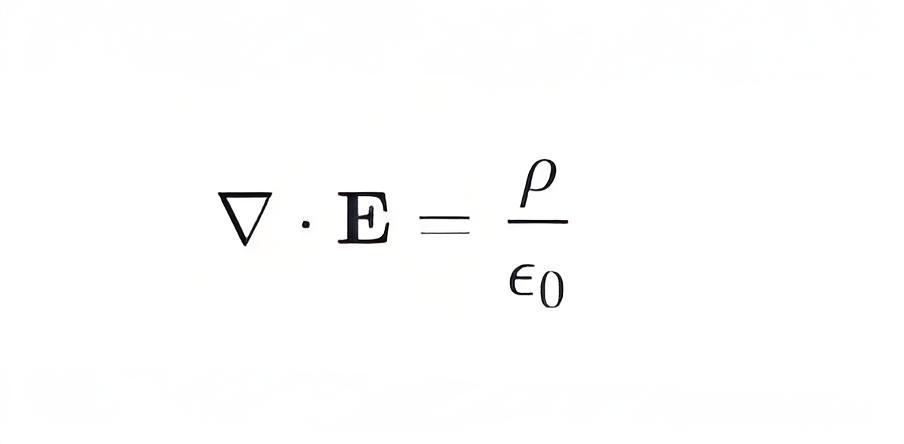
This indicates that the presence of an electric monopole leads to a divergence in the electric field.
Magnetic Monopole: In standard Maxwell's equations, there is no magnetic charge density ρm, so Gauss's law for magnetism is:
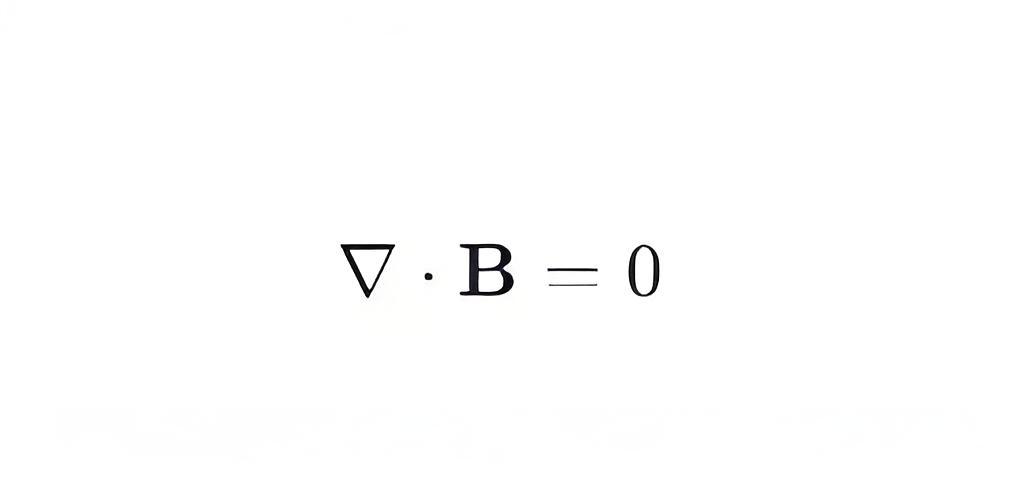
This implies that in classical electromagnetism, there are no isolated magnetic monopoles. However, if magnetic monopoles were introduced, this equation would become:
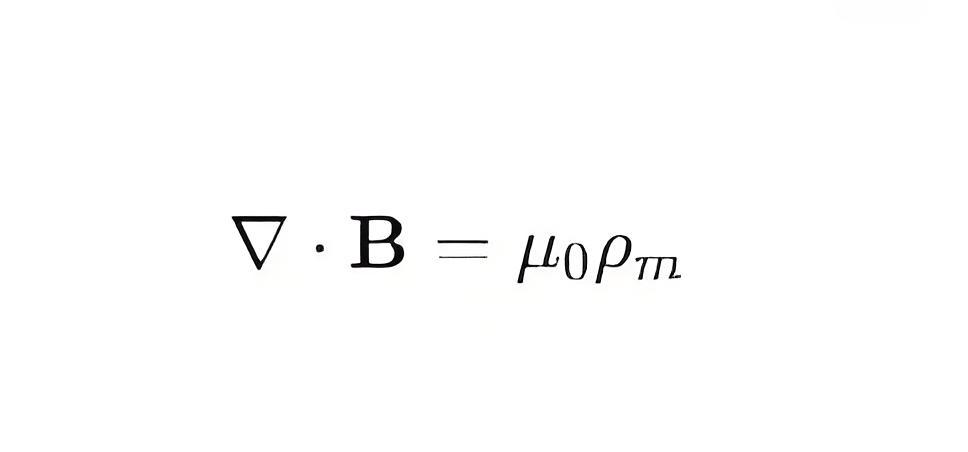
This allows for the existence of magnetic monopoles.
6. Quantum Effects
Electric Monopole: Electric monopoles exist in reality and their electric fields can be described using quantum electrodynamics (QED).
Magnetic Monopole: Although magnetic monopoles have not been observed, they have significant theoretical implications in quantum mechanics. For example, Dirac proposed that the existence of magnetic monopoles would lead to the quantization of both electric and magnetic charges and would affect the phase of the wave function of charged particles.
Summary
Electric Monopole: Known to exist, produces spherically symmetric electric fields that decay with the square of the distance.
Magnetic Monopole: Hypothetical, theoretically should produce a similar spherically symmetric magnetic field that decays with the square of the distance.
The main difference lies in the fact that electric monopoles are a real-world phenomenon, while magnetic monopoles remain a theoretical hypothesis.
The Electricity Encyclopedia is dedicated to accelerating the dissemination and application of electricity knowledge and adding impetus to the development and innovation of the electricity industry.













